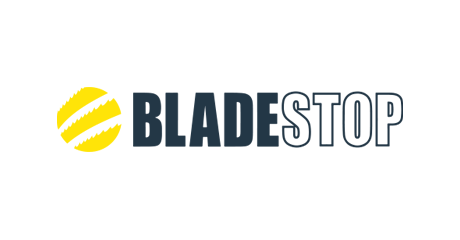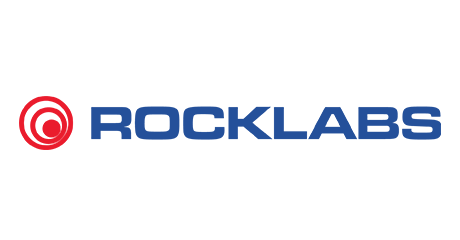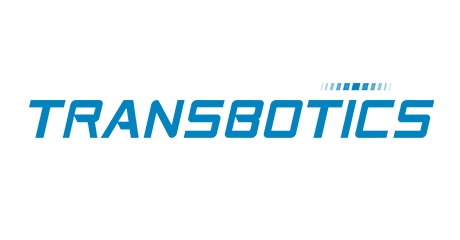Select your region / language
Types of AGV Navigation Technology

Planning to install an AGV system? Do you know what navigation type you need? There are many different forms of Navigation/Guidance Technology available today. Selecting the correct technology for your process is sometimes the difference between a successful and an unsuccessful system.
There are many pros and cons to different AGV navigation types. For example, not every location is conducive to every navigation type and not every navigation type will support every application. Some systems need low margins of error, flexibility, or lower costs. Some solutions will have restrictions such as nothing in or on the floor, heavy traffic, wide open areas, or high stacks that will block certain navigation types.
The most popular forms of guidance that are available are laser, spot, magnetic, and wire.
Laser Guidance Technology (Laser Navigation)
- Area is mapped and stored in the vehicle's computer memory
- Multiple, fixed reference points, reflective targets, located within the operating area that can be detected by a laser head that is mounted on the vehicle
- Guide path is easily changed and expanded
- Most flexible for vehicle movement
- Most reliable and secure form of navigation
- Most accurate form of guidance
- System can be expanded without damage or major alteration to the facility
- Throughput is easily maximized
- Most dynamic control of blocking and traffic management
- Most suitable for forklift vehicle
- Recommended by TRANSBOTICS
Magnetic Gyro Guidance Technology
- Guide path is marked with magnetic pucks that are placed on the floor
- Guide path sensor and Gyroscope (Gyro) is mounted on the vehicle
- Paths are open, the systems guide path can be changed
- Extensive layouts can complicate the layout of magnetic pucks
- Depending on the accuracy of the Gyro, calibration of the position is demanded in different vehicles
- System guide path is flexible
- System can be expanded without damage or major alteration to the facility
Magnetic Spot Guidance Technology
- Similar to Gyro Technology
- Guide path is marked with magnetic pucks that are place on the floor
- Guide path sensor is mounted on the vehicle
- Paths are open, the systems guide path can be changed
- System guide path is flexible
- System can be expanded without damage or major alteration to the facility
- Complex floor installation, but easy to re-program in the operating area
- Latest technology maintains accuracy while eliminating added cost of a Gyro
Magnetic Guidance Technology (Tape Guidance)
- Guide path is marked with a magnetic tape that is place on the floor surface
- Guide path sensor is mounted on the vehicle
- Paths are continuous
- Paths are fixed, the systems guide path can be changed
- Will not work with a forklift vehicle
- Not suitable for high traffic areas, the tape is damaged easily
- Not suitable for outdoor operations
Inductive Guidance Technology (Wire Guidance)
- Floor is cut and a wire is embedded to represent the guide path
- Guide path sensor is mounted on the vehicle
- Paths are well marked on the floor
- Paths are continuous
- Paths are fixed, the systems guide path is not easily changed
- Expansion of the facility is not as flexible as some other navigation technologies and may be limited due to constraints
Keep in mind that selecting the navigation/guidance technology involves thinking about the current project, as well as any future expansions/changes. You can learn more by watching Navigation Pros and Cons'' a presentation delivered by Chuck Russell, Transbotics VP of Sales at MHI's Modex Show in 2018. It covers different types of navigation technology available in more depth as well as the advantages and limitations of each navigation type.
To learn more about AGVs or to find the right AGV solution for your business, consult with an AGV Specialist today.


